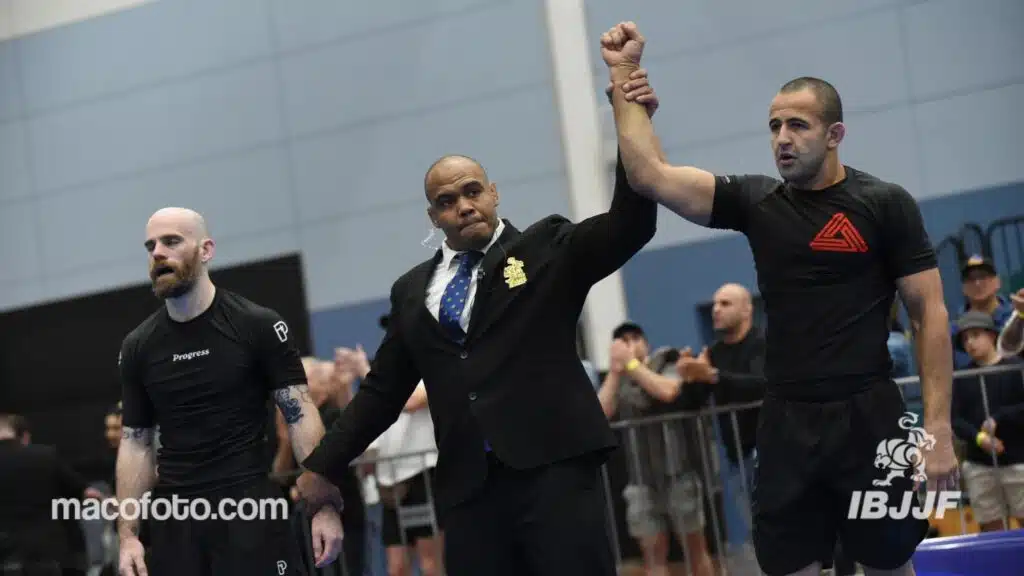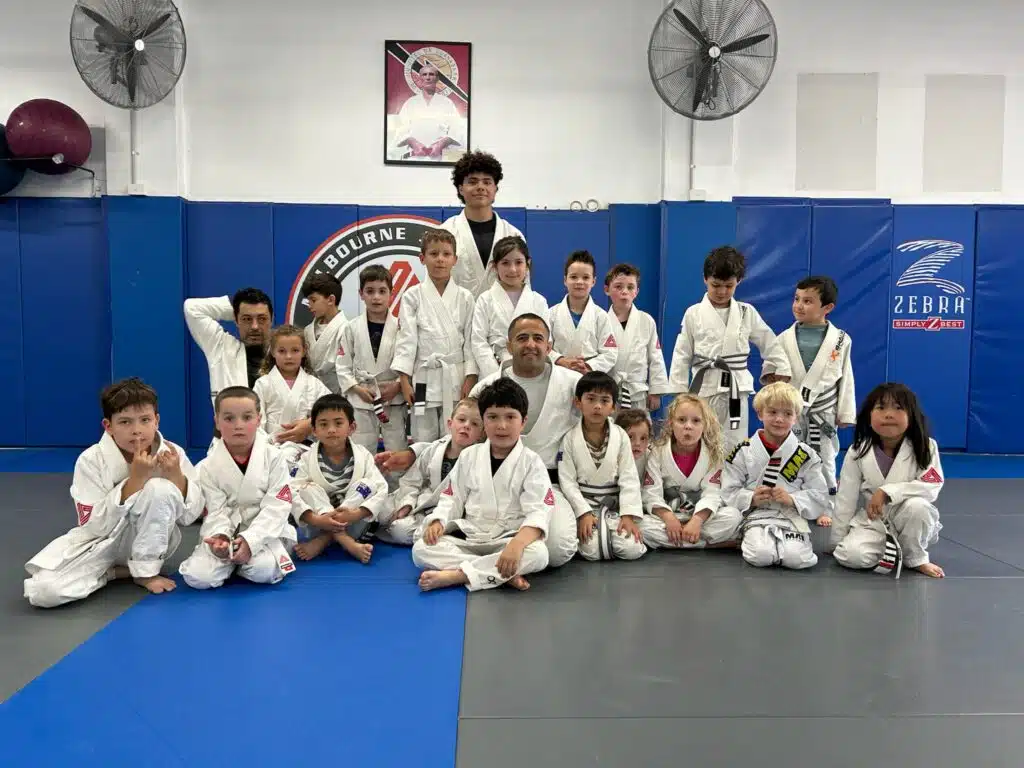
Jiu-Jitsu isn’t just about learning how to fight. For Brazilian black belt Rafael Neves (2nd degree) from Gracie Humaitá, the true strength of this martial art lies in its power to shape children into more disciplined, respectful, and emotionally resilient individuals.
With experience that spans continents, from Brazil to Australia, Rafael has developed a teaching method that blends technical skill with core values.
“At Gracie Humaitá, the teaching philosophy has always been based on more than just technique. Master Hélio Gracie, with his wisdom, knew that Jiu-Jitsu should be something enjoyable and educational. He used to teach his grandchildren always with joy, but with a level of seriousness that shaped not only great athletes but people of character,” says Rafael.
This mindset shapes Rafael’s work with children. For him, Jiu-Jitsu should be a way to teach life, and that must be done with respect and discipline, but also with joy and lightness.
“A child who lives this experience, when learning a self-defense move, feels empowered. They’re not only learning how to defend themselves, but also bringing home the values of respect, discipline, and healthy habits,” says Rafael, who besides his work with kids, is also an experienced competitor.
He has earned a gold medal at the 2024 AFBJJ Australian Nationals, double gold at the 2023 IBJJF Sydney Open, and three silver medals at the IBJJF Pan Pacific Championships in 2022, 2023, and 2024.
For children between 3 and 5 years old, Rafael uses a very playful approach. He explains how to make learning fun for the youngest students.
“In a very playful way, it’s possible to do incredible work with children. If you want them to run, don’t start with a race. You play tag. Once the kids are already running, you shift the game into a run and work lateral movement in and out, raising knees or heels, because they’re already engaged with the activity and with the teacher,” explains Rafael.

Competition has always been an important part of Jiu-Jitsu. For many athletes, it’s a way to measure progress, test their skills, and push their limits. However, for children, competition needs a different approach. Rafael Neves, 2nd-degree black belt from Gracie Humaitá, shares his thoughts on how competition should be introduced in kids’ Jiu-Jitsu.
“Competition should be a means, not the goal of Jiu-Jitsu practice. Competing is great; every student improves a lot after a competition, whether because of the preparation or the event itself, but it’s clear that there is a significant physical and mental strain,” explains Rafael.
He suggests that in a school offering five classes a week, the ideal is to dedicate two to three sessions weekly to discuss values like courage, self-control, fairness, wisdom, healthy habits, and teamwork.
Rafael Neves believes that kids’ Jiu-Jitsu must go beyond technique and physical training. He emphasizes the importance of integrating core values into classes, believing this shapes children’s character in meaningful ways.
“Through class planning, it’s possible to create time to address all of these needs,” says Rafael.





